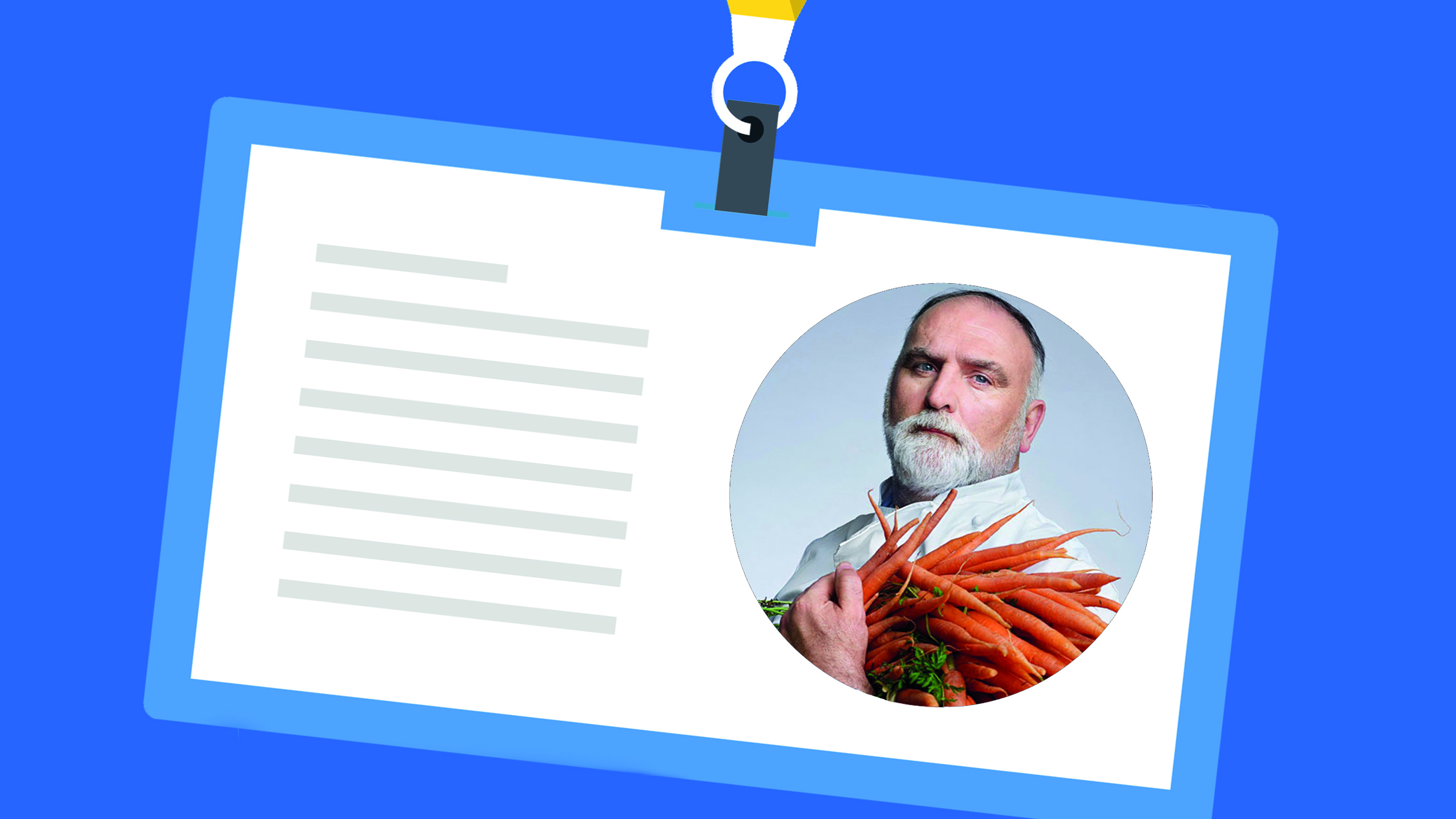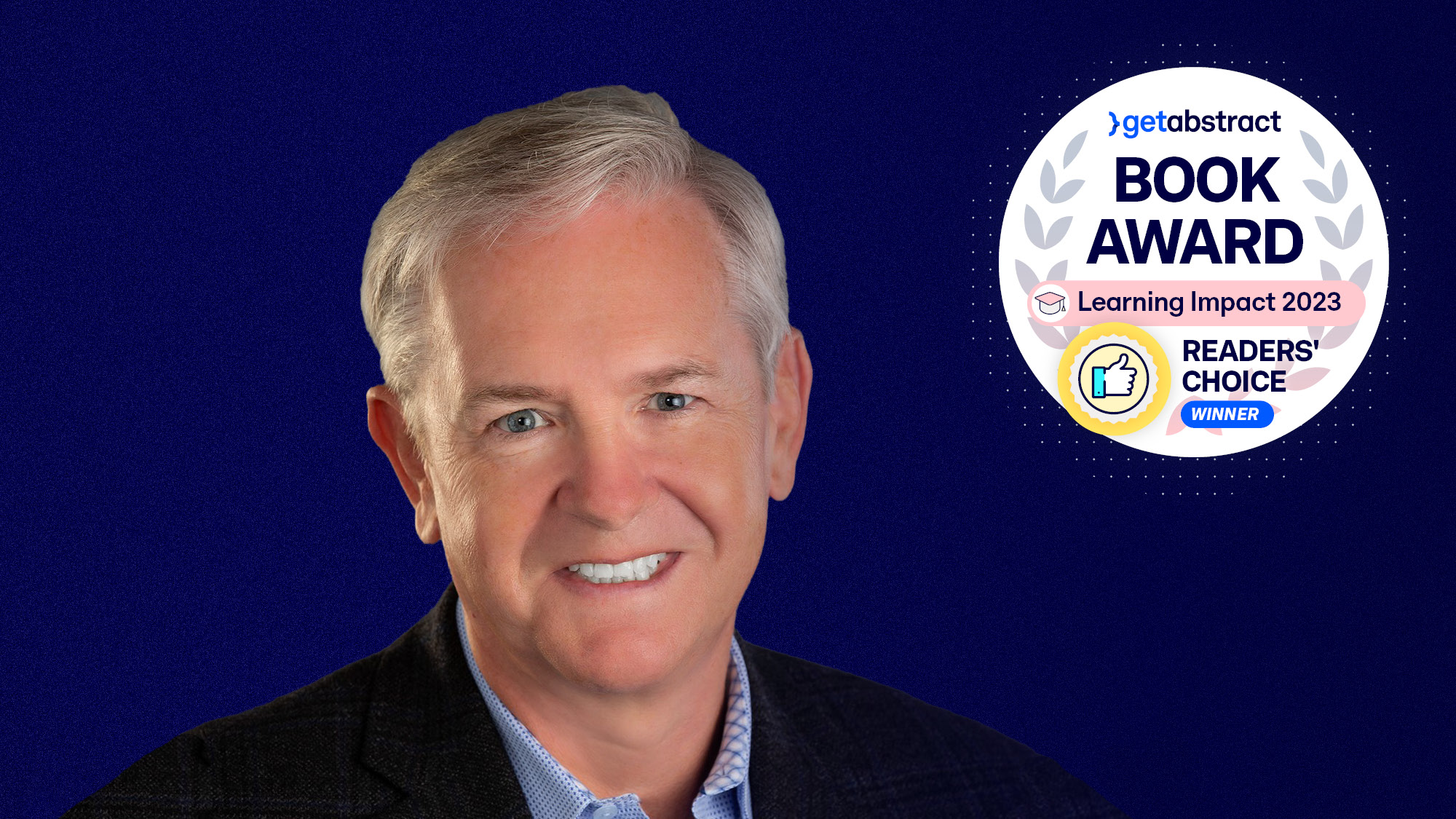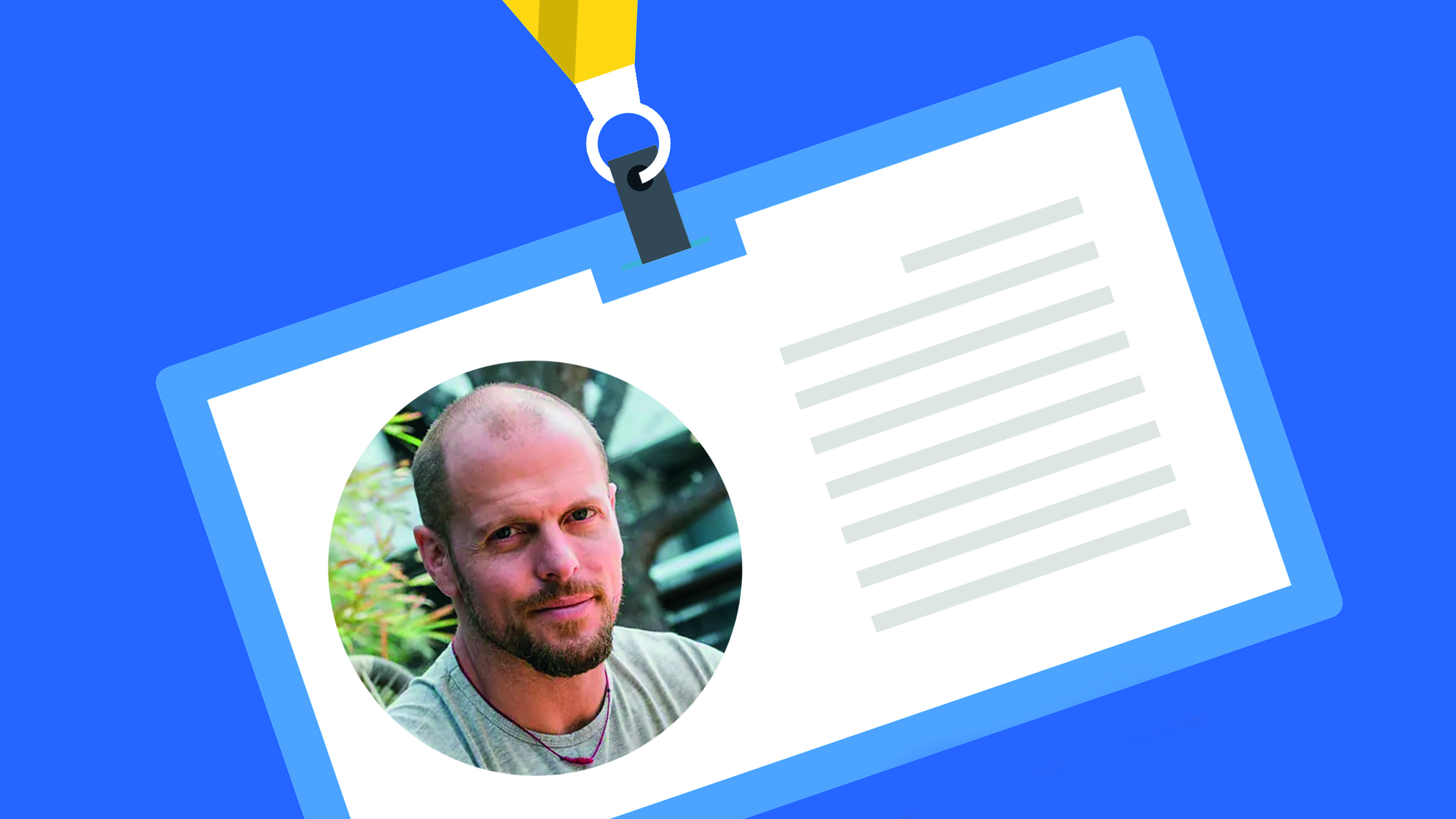“Burnout Is Insidious: It Sneaks Up on You, Gradually Gnawing Away at You Over Time.”

Dr. Jiménez, the number of workers suffering burnout has sharply increased during the pandemic. What is the reason for this, in your opinion?
Long before the onslaught of COVID-19, burnout was a rapidly progressing global epidemic of its own. In 2015, Stanford University researchers estimated that job burnout has cost the US economy up to $190 billion each year.[i] In 2019, a Deloitte workplace burnout survey found that 77% of professionals have experienced burnout in their current job.[ii] The World Health Organization included burnout in its International Classification of Diseases as an occupational phenomenon.[iii] Changes such as hyperconnectivity and globalization have created an always-on-and-always-connected culture that has fundamentally altered how we live and work, but unfortunately, most of us – and the organizations in which we work – are still clinging to outdated formulas and ideas of what it takes to be and remain successful in work and life. Living through 2020 and witnessing the massive levels of disruption that happened in its wake has made this pressing issue even more alarming.
Why?
Workers around the world haven’t just been having to work from home, they’ve been working from home while faced with a global pandemic that created significant levels of uncertainty, grief, disconnection and change for many. Slowly but surely, over an extended period of time, our psychological resources have been being taxed throughout the experience of COVID-19. And, in mass, these taxes can add up and take a toll on one’s vitality, health and well-being. In fact, the International Committee of the Red Cross found in a global survey that 51% of adults perceive that COVID-19 negatively affected their mental health.[iv]

Can we briefly distinguish between burnout and depression here: What distinguishes one from the other – and where do the disease patterns overlap?
It is important to highlight that burnout is not a clinical syndrome. The World Health Organization (WHO) recognizes burnout as an occupational phenomenon. Burnout is thought to comprise emotional exhaustion, cynicism – also known as depersonalization – and reduced personal accomplishment – also known as inefficacy. There are certainly symptoms of burnout that coincide with symptoms of depression. For example, emotional exhaustion, a core component of burnout, reflects a combination of depressed mood and loss of energy. Research has found that work-related risk factors for burnout are also predictors of depression. Correspondingly, individual risk factors for depression, for example past depressive episodes, are also predictors of burnout. Burnout can result in a depressive process if work-related stress is unresolved and/or addressed in time.
Who is particularly at risk for burnout?
Burnout does not discriminate. Research has found it to be present across a variety of industries, job rank and cultures. However, folks may be surprised to learn that burnout isn’t simply a consequence of overworking to the point of exhaustion.
For better or worse, too often burnout has been unnecessarily simplified in the mainstream. While overwork and exhaustion are part of what can happen with burnout, it is not the whole picture.
Jacinta Jiménez
Research has found that burnout comes from six distinct mismatches between people and their job. First, work overload: the presence of high job demands and inadequate resources to complete the job. Second, lack of control: not being given the appropriate level of responsibility or not having access to the tools needed to do our jobs well. Third, insufficient reward: the lack of regular acknowledgment, such as financial, social or intrinsic rewards for work efforts. Fourth, breakdown in the community: high levels of workplace conflict and low levels of interpersonal trust. Fifth, lack of fairness: unfairness in areas such as inequities in workload or pay, inappropriate handling of promotions or evaluations, and poor dispute-resolution practices. And sixth, values misalignment: personal values and goals aren’t in alignment with those of the organization.
What makes the combination of these factors so dangerous?
Individuals who have a significant mismatch in one or more of these areas are going to find themselves more susceptible to burnout. For example, health care workers who have been putting in extremely long hours while not having been provided access to the tools and resources they needed to do their job would be at high risk for burnout – given that they would be experiencing the mismatch of work overload combined with the mismatch of lack of control. Another population that is at high risk are underrepresented populations who may find that their work environment is not supportive regarding inclusive and equitable work policies and practices. These individuals could find themselves experiencing the mismatch of breakdown in community, lack of fairness, as well as a values misalignment.
At the end of the day, the people who are most at risk will be the workers that find themselves in an organizational culture that does not prioritize the human side of work.
Jacinta Jiménez
What does this mean for the lessons that organizations should draw?
I strongly believe that in order to maintain our health, vitality and well-being in our new world of work and life, we must actively work with – instead of against – our capacities as human beings. A culture that does not guard against these six person-job mismatches is perpetuating a work environment in which even the most resilient individual will eventually find themselves struggling. We are human beings, not machines! When company cultures ask their people to deny their humanity for the sake of overwork and/or productivity, they are creating an environment that is ripe for burnout. Our capacities as humans must be recognized and honored.
What do you think should be avoided at all costs regarding organizational approaches to burnout prevention?
The biggest mistake to avoid is not prioritizing the importance of creating an organizational culture that actively promotes and nurtures resilience-based practices in its people. Given that the workplace is changing at a bewildering pace, teams and organizations need to be increasingly adaptable and flexible. However, research has found that when organizations focus on promoting agility alone – without resilience practices – can result in unanticipated negative consequences. A scientific survey[v] of 2,000 full-time employed adults found that highly agile employees who possessed low resilience had an increased risk for depression – 27% – and anxiety – 54%. They also had an increased absenteeism rate of 5.7 days per year. By contrast, the study also revealed a profound multiplying effect when you combine agility with resilience. In particular, the study found that those with both high resilience and high agility are 78% more likely to seek out a new skill and keep up with relevant innovation. In addition, the study indicated that high resilience scores corresponded to 30% high creativity. This is a big reason why I focus on equipping readers with a resilience-based toolkit in The Burnout Fix – I’m passionate about battling burnout through building resiliency.
In your book, you give an enormous amount of helpful advice on learning to assess and prevent the risk of burnout. So, let’s go through some of them, and start with the signs of an imminent burnout: How do you notice them in daily life?
The difficult thing about burnout is that it can’t simply be reduced to burnout or not burned out – it’s not an “on and off ” switch. Burnout is far more insidious; it sneaks up on you, gradually gnawing away at you over time. Thanks to pioneering research by Christina Maslach and Michael Leiter[vi], we know that burnout consists of three interrelated components. When these three things come together, burnout happens. First, exhaustion: immense emotional, physical and/or cognitive fatigue. Second, cynicism: low levels of job engagement. And third, inefficacy: a lack of productivity and feelings of incompetence. Having said that, active monitoring is a key factor in preventing burnout. You cannot detect something if you’re not actively monitoring it.
How does one go about this in concrete terms?
It is important that both people leaders and employees actively monitor for burnout.
The sooner you can detect burnout, the more opportunity you have to course-correct early on.
Jacinta Jiménez
I recommend setting aside a weekly 15-20 minute hold on your calendar each Friday to actively check in with yourself about how you’re doing on these three dimensions. You may even want to rate how much you’re experiencing exhaustion, cynicism and inefficacy on a scale of 0 to 10 – 0 being not at all, 10 being significantly. In this way, you can track how you’re doing over time, and notice if your score is slowly going up. I strongly believe that knowledge and data is power as it garners awareness, and once you have awareness, you have the ability to do something about it. Just like we track physical health metrics such as steps, weight, blood pressure, we should be doing the same thing for our mental well-being.
You’ve done a lot of research and work on this, and propose to engage in five personal PULSE practices to nurture inner resilience to prevent burnout: Pace yourself, Undo unhelpful thought patterns, engage in Leisure activities, build a Support system and Evaluate how you spend your time. For each step, can you give us a brief practical example that illustrates the relevance of the effort?
Sure thing. One thing I’d like to note here: My book title is actually a play on words. While it’s called The Burnout Fix, it’s not about a quick fix. If you look up “fix” in the dictionary, it means to make stable, stationary and firm. My goal is to give people a fixed set of core resilience capabilities to keep them grounded and stable and human while the world, work and life continue to spin around us, and also help organizations foster this as well. In essence, the foundation of my book is focused on helping you to avoid flatlining your performance and well-being through my five core PULSE practices. Let’s start with pace for performance. It is aimed at boosting your skill development in a way that doesn’t drain you by staying in your stretch zone, not your stress zone. This practice can be done by taking a larger goal and breaking it down into smaller progressively challenging goals in service toward your bigger goal. For example, if you’re working to start a meditation practice, I wouldn’t recommend trying to begin by attempting to overhaul your behavior in a significant way such as meditating for 60 minutes each day. Rather, I’d encourage folks to start with a goal that is realistic and feasible, but still somewhat challenging, such as meditating for 15 minutes each day for a week. Then, after that week, increase it to 20 minutes, and so on. The idea here is to allow yourself to develop new skills while avoiding the frustration barrier by creating goals that give you just the right amount of challenge to build on.
And when it comes to undoing untidy thinking?
This step is focused on actively training your mind to stave off unhelpful thinking patterns. This is all about being mindfully aware of your thoughts in order to identify inaccurate thinking and respond in a more effective way. You can start this practice by responding to your thoughts with deep curiosity versus concern. This practice can have tremendous benefits given that it allows you to flex your mind and practice creativity in thinking through possible explanations of situations. This practice can ultimately up-level your ability to tolerate uncertainty.
Third: How does one leverage leisure?
Leveraging Leisure is focused on strategies to help you protect and replenish your energy. As we experience productivity pressures, evolving work practices and increasing workloads, we’re also experiencing a rapidly changing leisure environment.
True leisure is not compensatory, nor is it what theorists refer to as ‘spillover’ leisure such as laying on the couch and scrolling on social media. Real leisure is all about psychological and physical replenishment: You walk away from your time feeling more rested, centred and restored.
Jacinta Jiménez
In The Burnout Fix, I talk about three science-backed ways to practice leisure. Silence: proactively and intentionally rules for your technology use ensures that you’re in control. Sanctuary: formally scheduling time to be present in nature for at least 20 minutes on a weekly basis. This practice, for example, has been found to lower the stress hormone cortisol in research participants. And solitude: making time each week to be alone with yourself. While sitting with yourself and allowing your mind to wander may feel like “nothing” – in reality, a lot is happening behind the scenes! According to attention restoration theory, when you are in an environment with lower levels of sensory input, the brain can “recover” some of its cognitive abilities.
How about securing support?
Securing Support offers tools to leverage the power of connection and social support. We are wired to connect. From an evolutionary perspective, if we weren’t endowed with the ability and drive to connect with others, we wouldn’t have survived – there would be too many predators and other dangers. While I talk about a number of ways to enhance one’s support network in my book, one way to do this is to practice network oscillation, which involves moving back-and-forth between networks of close-ties (people you know well) and weak-ties (acquaintances) consistently over time. The idea here is that spending time deeply engaged with a group allows you to develop specialized information. Then, by reaching out to new contacts outside of your strong-ties, you can gain access to a breadth of ideas that enable you to stay relevant in our rapidly changing world of work.
And last but not least: Evaluate effort. What does that mean in concrete terms?
This step is focused on helping readers regain control of their time and priorities. The reality is that we all have a fixed amount of time and energy. If you have too many competing goals, you can easily end up overwhelmed, and consequently, less focused on the things that matter most to you. In The Burnout Fix I discuss three key ways to keep your time and effort protected. One of the strategies I suggest is to manage your energy, not just your time. In fact, psychologists have identified emotional exhaustion as a key factor in professional burnout.
For a week, track your time and make a note of what you’re doing, who you’re with, and how you feel. Rate them on a scale from 0 – completely drained – to 10 – energized. Make a note of how valuable the activity is, and don’t forget to audit your time away from work. This can help guide new actions so that you can invest more time in encounters that energize and fill you and cut back on the areas that drain you.
Jacinta Jiménez
Draining is a good keyword: Can managers tell if and how much employees are at risk for burnout? What are common indicators?
Resilience-focused leaders understand the power of attending to their people’s personal and professional development. They don’t wait until a quarterly performance review to have performance and pro-resilience conversations. Rather, they make it a point to check in and monitor how their direct reports are progressing in each one-on-one meeting they have with them. I encourage leaders to not only monitor for signs of exhaustion, cynicism and inefficacy, which I just outlined, I also urge leaders how to have coaching-style development conversations with their people. More specifically, the point is to train them on how to do personal pulse check-ins on their employees’ core resilience capability development as it is important to not only look for warning signs, but to also look for and reinforce protective actions and practices. The five core PULSE capabilities I’ve outlined give leaders and managers a tangible way to discuss and monitor the development of evidence-based resilience practices in a manner that is extremely personalized to each person’s unique talents, strengths and needs.
You write that the key to keeping your organization’s resilience strong is to increase the “ABCs” of Steady-Pulse Teams and Organizations. Can you spell out these ABCs briefly?
Sure. Specifically, leaders can increase their team’s resiliency by making sure that they are working to set up conditions, practices and policies that promote the following. First: Agency. A major contributor to burnout is unrealistic work demands. Unfortunately, many leaders inadvertently weaken the pulse of their people and teams by imposing demands on them while simultaneously removing their sense of control and/or providing inconsistency in the work environment. How can they avoid this?
Leaders should communicate clear implicit and explicit expectations for job role success. They should ensure workload, resources and time constraints are realistic and feasible. And they should invest in meaningful personal and professional development.
Jacinta Jiménez
“B” stands for benevolence. What does that mean?
With the uptick of change and disruption that the new world of work brings with it, things like trust, fairness and acknowledgment go a long way toward creating an environment where people feel steady and secure. No matter how prestigious your company is or how many rewards you offer, if an employee finds himself or herself on a team or in an organization that does not foster goodwill, those perks won’t go very far. Research has found that the absence of fairness, conflicting values and insufficient reward within an organizational culture are all major risk factors for burnout. To avoid this, leaders should commit to equitable practices, act with integrity and recognize, affirm and reward accomplishments. That already leads over to “C” for community: Your employee’s day-to-day experiences come down to connections and interactions with other people in the organization.
These interpersonal exchanges play a major role in their experience of the organization.
Yes, the social world that your employees find themselves in influences their thoughts, feelings and outlook. Research identifies a breakdown in community as one of the main mismatches between a person and his, her or their job that contributes to burnout. When elements of a community are fragmented, your people’s resilience weakens, and ultimately, your team, business unit and organization will suffer. To avoid this, leaders should bolster inclusion and belonging, foster conditions for psychological safety, and, of course, care for your employees as people.
If you have been affected by burnout: How should you approach re-entry afterward? And how should you react as a colleague regarding a re-entering co-worker?
This is all going to depend on a number of factors, but two of the most important ones involve the level of psychological safety within your team and the support of your manager. Psychological safety, according to Maslow’s hierarchy, is a “basic human need.”
To support workers’ re-entry after burnout, creating psychologically safe work environments is critical to not only basic human decency, but retention.
Jacinta Jiménez
The term “psychological safety” was coined by Harvard Business School professor Amy Edmondson. She defines it as “a shared belief that the team is safe for interpersonal risk taking.” So, establishing a climate of psychological safety allows space for people to speak up and share their experiences openly. Edmondson and Harvard Business School professor Jeff Polzer say that when it comes to creating psychologically safe environments, establishing norms is critical to success and participation. Accordingly, I encourage leaders to take time to set up interpersonal team norms that allow colleagues who are returning to work to talk openly about their experience and their plans to guard against burnout moving forward. This, in turn, allows managers people to know how to best support their direct report as they return to work.
About the author
Dr. Jacinta M. Jiménez is a Stanford University and PGSP-Stanford PsyD Consortium graduate, a board-certified leadership coach and psychologist. She’s the author of The Burnout Fix.
[i] Goh, Joel & Pfeffer, Jeffrey & Zenios, Stefanos. (2015). “The Relationship Between Workplace Stressors and Mortality and Health Costs in the United States.” Management Science. 62.
[ii] Deloitte, “Deloitte Workplace Burnout Survey: Burnout Without Borders.”
[iii] World Health Organization, “Burn-Out an ‘Occupational Phenomenon’: International Classification of Diseases.”
[iv] International Committee of the Red Cross, “Crisis within a Crisis: Mental Health Distress Rises Due to COVID-19.”
[v] meQuilibrium, Resilience and Agility: The Dynamic Duo for the New World of Work
[vi] Maslach, Christina and Michael P Leiter. “Understanding the burnout experience: recent research and its implications for psychiatry.” World Psychiatry: official journal of the World Psychiatric Association (WPA) vol. 15,2 (2016): 103-11.









